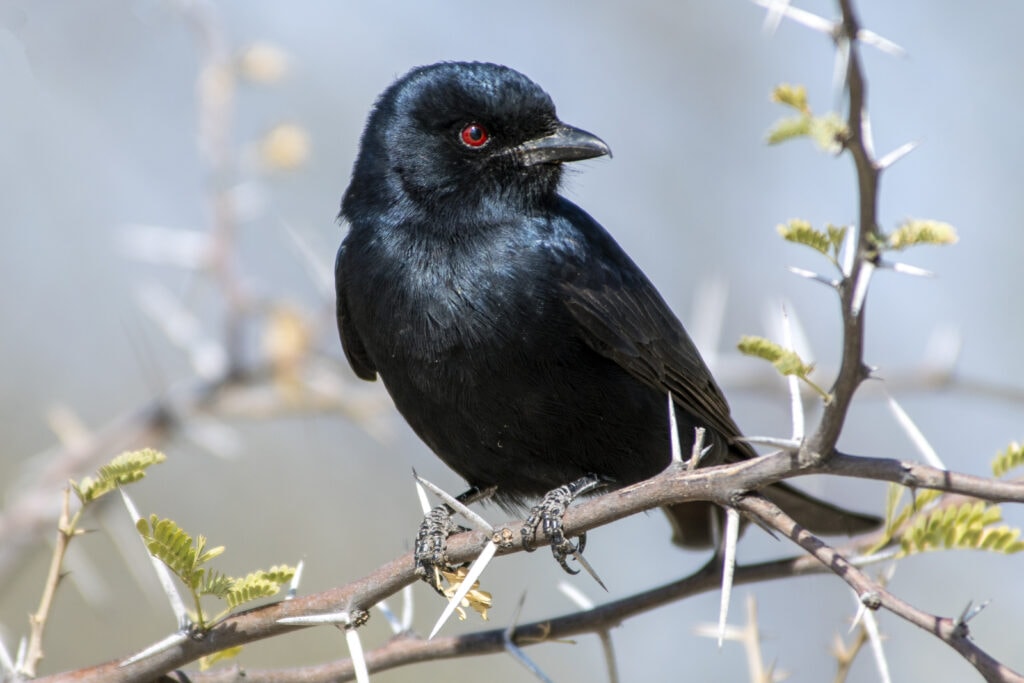Brood parasites are a constant threat to a diverse array of bird families all over the planet. From Cowbirds in the Americas, to Whydahs in Africa and Eurasia, brood parasites come in a variety of shapes and sizes, but they share one thing in common. Birds that engage in brood parasitism leave their eggs in the nests of other birds, sometimes killing the host family’s offspring, other times imperiling them by burdening the family with their own ravenous offspring to feed.
Related Article: Spoonbill Spotted in Wisconsin for the First Time Since 1845
Among brood parasites, none is more infamous than the cuckoo. The cuckoo is, in fact, the origin of the term “cuckold” which was first penned in the 1500s and refers to a victim of infidelity. The battle between brood parasites and avian parents is an ancient arms race that continues to escalate to this day. Some species are ravaged by brood parasites, while others have evolved clever ways of defending their nests against interlopers.
A recent study indicates that the Fork-tailed Drongo has developed a specialized tool for detecting cuckoo eggs in the nest: A secret code that only they can detect. The relationship between the Fork-tailed Drongo and the African Cuckoo is immediately evident upon looking at both species’ eggs. They are nearly identical. Over years and years of evolutionary battle, the African Cuckoo has evolved to mimic the eggs of the Fork-tailed Drongo so effectively that even the researchers studying this phenomena have a hard time consistently spotting cuckoo eggs.
And yet, Fork-tailed Drongos continue to oust cuckoo eggs from the nest. Researchers believe that this is due to a kind of “signature” present on each egg that allows the mother drongo to spot forgeries. By simulating cuckoo behavior and depositing eggs is drongo nests, scientists were able to discover which markings and differences in color were most important to a drongo, and which would allow the invading egg to fly under the radar.
The results were staggering. Because no individual cuckoo has evolved to mimic and individual Fork-tailed Drongo, the rate of rejection for African Cuckoo eggs in Fork-tailed Drongo nests is a staggering 93.7%. This means that despite her aggressive nesting strategy, a mother cuckoo may have to lay more than 90 eggs in drongo nests before a single one is accepted and raised by the host birds.
In this way, the Fork-tailed Drongos of the Choma district of Zambia, the region that was the focus of the study, seem to have outsmarted brood parasitism almost entirely. Researchers note that they don’t know if this is a species-wide talent or if the birds of this particular region are exceptionally good at spotting invading eggs. In either case, only time will tell how the African Cuckoo will adapt to the apparent thwarting of its nesting strategy.
Popular Article: Tahiti Petrel Nests Found in American Samoa

